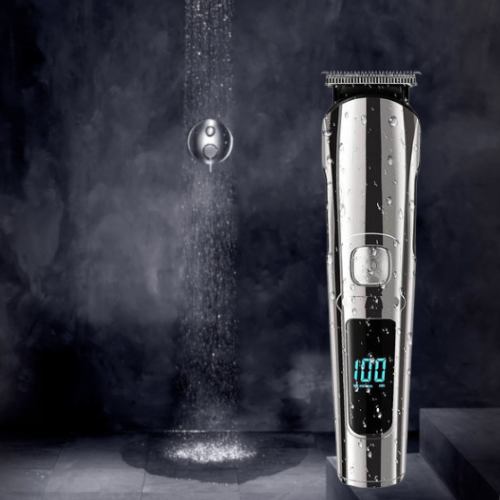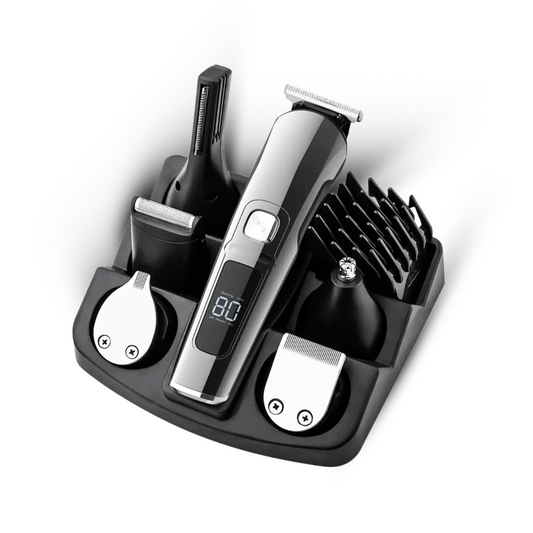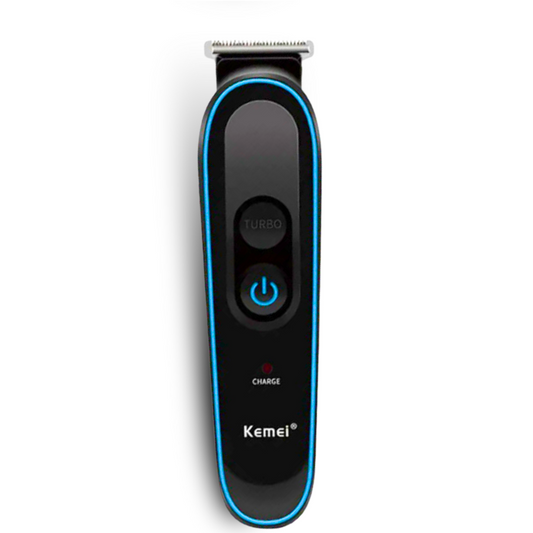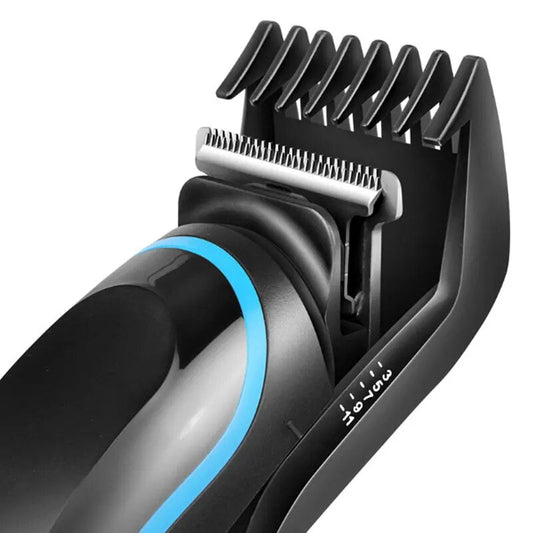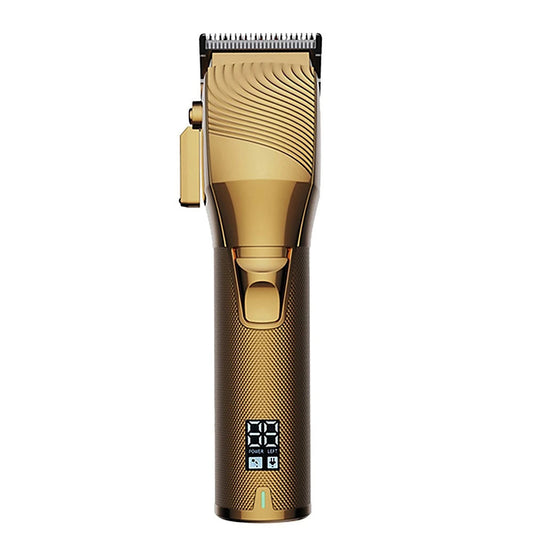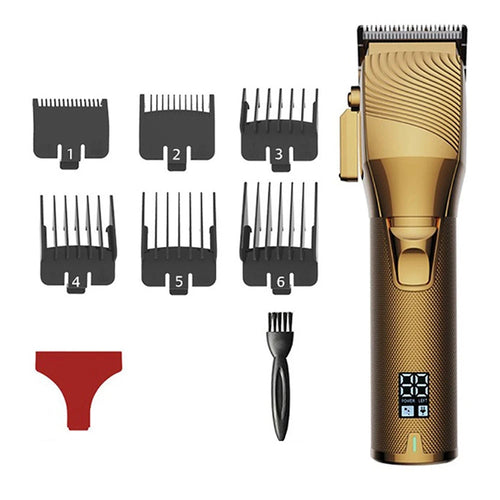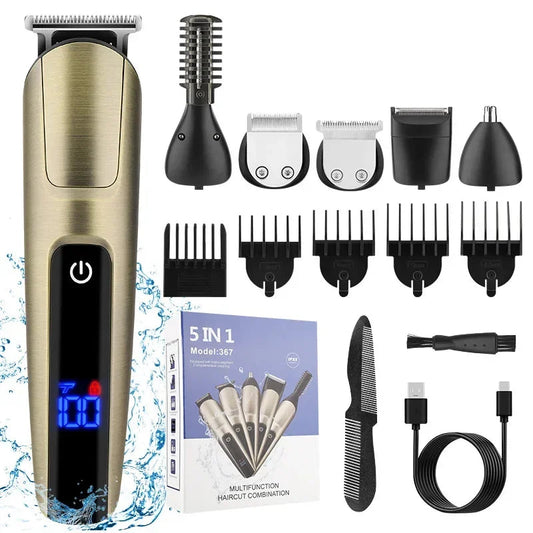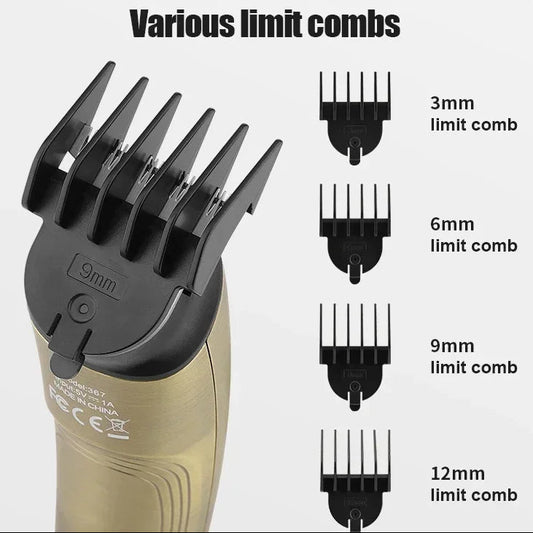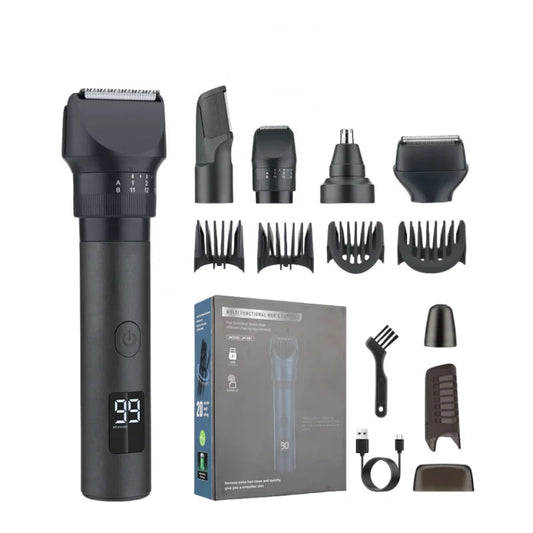-
Shaver for Sensitive Areas | Body Trimmer For Men
Regular price $62.67 USDRegular priceUnit price / per -
11 in 1 Professional Hair Clippers for Men Grooming Kit
Regular price $75.48 USDRegular priceUnit price / per -
All In 1 Hair & Beard Trimmer For Men
Regular price $65.97 USDRegular priceUnit price / per -
Men's Barber Hair Clipper Set
Regular price $102.78 USDRegular priceUnit price / per -
Multifunctional Men's Waterproof Electric Hair Clipper Set
Regular price $89.58 USDRegular priceUnit price / per -
Men's 5-in-1 Multifunctional Grooming Set IPX6
Regular price $118.80 USDRegular priceUnit price / per
Collection: Manscaping Legs
Smooth Moves: Men Shaving Legs Made Easy
Gone are the days when shaving legs was solely the domain of women. Men shaving legs is becoming an increasingly popular trend, and for good reason! Whether you're an athlete, a cyclist, or simply someone who loves the feeling of smooth skin, shaving your legs can enhance both your grooming routine and your self-confidence. With our latest collection of products designed specifically for men, achieving that perfect shave has never been easier or more comfortable. We'll dive into why shaving your legs is a game-changer, the must-have products for a smooth experience, and some practical tips to elevate your grooming game.

Why Men Shaving Their Legs is Gaining Popularity
So, why are more guys reaching for the razor these days? For starters, athletes like swimmers and cyclists swear by hairless legs for that extra edge in performance and faster recovery times. But it's not just about sports. In the fashion world, smooth legs help show off those tattoos and well-defined muscles, adding an extra layer of style. Beyond aesthetics, many men enjoy the fresh, clean feeling that comes with shaved legs. It’s a small grooming change that can make a big impact on how you look and feel every day. With all these perks, it's no wonder the trend is catching on!
The Ultimate Shaving Cream for a Smooth Experience
Ready to elevate your shaving game? Our latest shaving cream is a game-changer for men who crave that ultra-smooth finish. Infused with hydrating agents, this cream ensures your skin stays moisturized and protected throughout your shave. It softens the hair, making each stroke of the razor glide effortlessly, reducing nicks and irritation. Plus, with a blend of natural ingredients, it’s like giving your legs a mini spa treatment every time you shave. The result? Skin that feels as good as it looks. Once you experience the luxurious feel of our shaving cream, you'll never look back.
The Benefits of Using a High-Quality Razor
Let’s talk razors! A high-quality razor can turn a mundane chore into a luxurious ritual. Imagine a tool that glides like butter and leaves your skin feeling baby-smooth. Our razors are engineered with multiple blades to give you that super-close shave without the drama of nicks and cuts. And guess what? The ergonomic handles mean you’ll have full control, making it easier to navigate around tricky spots like knees and ankles. Plus, with advanced blade technology, even the most stubborn hairs don’t stand a chance. A good razor isn’t just about the shave; it’s about transforming your entire grooming experience.

Tips and Tricks for an Effective Shave
Achieving that smooth shave is easier than you might think with a few key tips! Start by hopping in a warm shower to soften the hair and open up your pores—this will make the shaving process much smoother. Next, grab an exfoliating scrub to gently buff away any dead skin cells. This preps your legs and helps prevent razor bumps. Lather up with our luxurious shaving cream, making sure to cover every inch with those circular motions we talked about. When you’re ready to shave, take your time and go with the grain to avoid those pesky ingrown hairs. Remember to rinse your razor frequently under hot water to keep it clean and efficient. Post-shave, splash your legs with cold water to close those pores and finish up with a soothing aftershave lotion to keep your skin hydrated and calm. Follow these steps, and you'll be rocking silky smooth legs in no time!
Enhancing Comfort and Reducing Skin Irritation
Let's be real—nobody likes dealing with itchy, red skin after a shave. The good news is, our products are here to rescue you from the discomfort! Start by choosing razors that come with built-in lubrication strips. These nifty additions ensure that your razor glides smoothly, reducing the chances of irritation. Our shaving cream is packed with anti-inflammatory properties, meaning your skin gets pampered while you shave. And here’s a pro tip: after you finish shaving, pat your skin dry with a soft towel instead of rubbing. This little trick can make a world of difference in preventing irritation.
Now, let’s talk about post-shave care. A soothing aftershave lotion can be your best friend. Look for one with hydrating ingredients like aloe vera or chamomile to keep your skin feeling fresh and calm. Also, avoid tight clothing right after shaving, as it can irritate your newly smooth skin. Opt for something loose and comfy to give your legs some breathing room.
Don’t forget hydration! Moisturizing your legs regularly keeps your skin in tip-top shape and less prone to irritation. Incorporate these steps into your routine, and say goodbye to those annoying post-shave woes. So go ahead, enjoy the smooth ride, and let our products take care of the rest!
Boosting Your Confidence with Smooth Legs
Feeling your best from head to toe isn’t just about having a killer outfit or a fresh haircut. Smooth, well-groomed legs can be a major confidence booster too! Imagine walking into the gym with legs that are not only strong but also sleek. Or picture yourself lounging on the beach, catching some rays, with the sun reflecting off your silky-smooth skin. It’s an instant upgrade to your swagger.
By investing in top-notch shaving products and following our handy tips, you'll transform your grooming routine into a confidence-boosting ritual. No more worrying about stray hairs or irritation; just smooth, touchable skin that you’ll want to show off.
The psychological lift you get from looking after yourself in this way is huge. You’re not just enhancing your appearance; you’re investing in self-care that pays off in how you carry yourself. People notice confidence, and there’s nothing more attractive than feeling great in your own skin.
So why not take the plunge? Give your grooming routine a revamp and experience the benefits for yourself. Trust us, once you get a taste of that smooth leg life, you’ll wonder why you didn’t start sooner. Your legs, and your confidence, will thank you.



